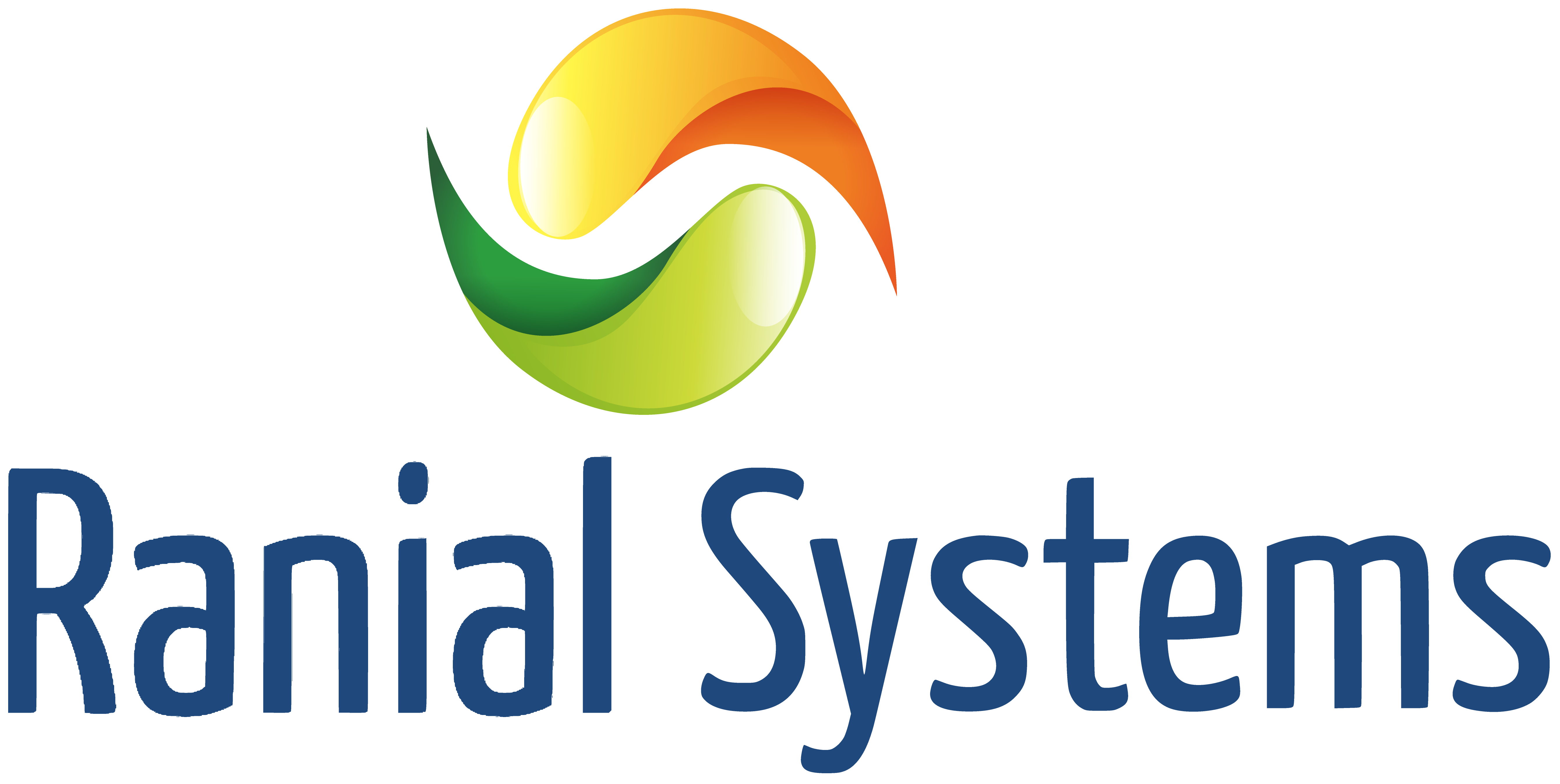Industry Scenario
Technology has changed the face of healthcare over the past decade, and the adoption of newer technologies is driving interesting innovations like wearable devices and more accurate disease predictive and diagnostic applications. There is immensely more value to be had thanks to technology, but the ability to leverage these innovations is limited by various technical and business driven challenges.
According to Ernst and Young, there are three key ways to identify more avenues for growth- the first being improved services that will increase value to the customer or drive down costs. Secondly, going beyond treatment, preventive diagnosis and remote patient monitoring could be the value added. This would ultimately lead to moving healthcare beyond the hospital and often in the hands of the patient themselves! It goes without saying that to develop in this direction, healthcare industry needs to focus on capital efficiency, and reduce dependence on manual processes. Becoming a data focused enterprise that leverages remote as well as real-time data to provide healthcare facilities even remotely, cutting down on infrastructure and resources costs.
In an increasingly ageing world (by 2020, the 60+ population will outnumber the under 16 levels), healthcare could become an expensive and cumbersome activity. Countries are increasingly looking for affordable healthcare tools and the smartest devices today that help save time and money are either wearable or remotely connected.


